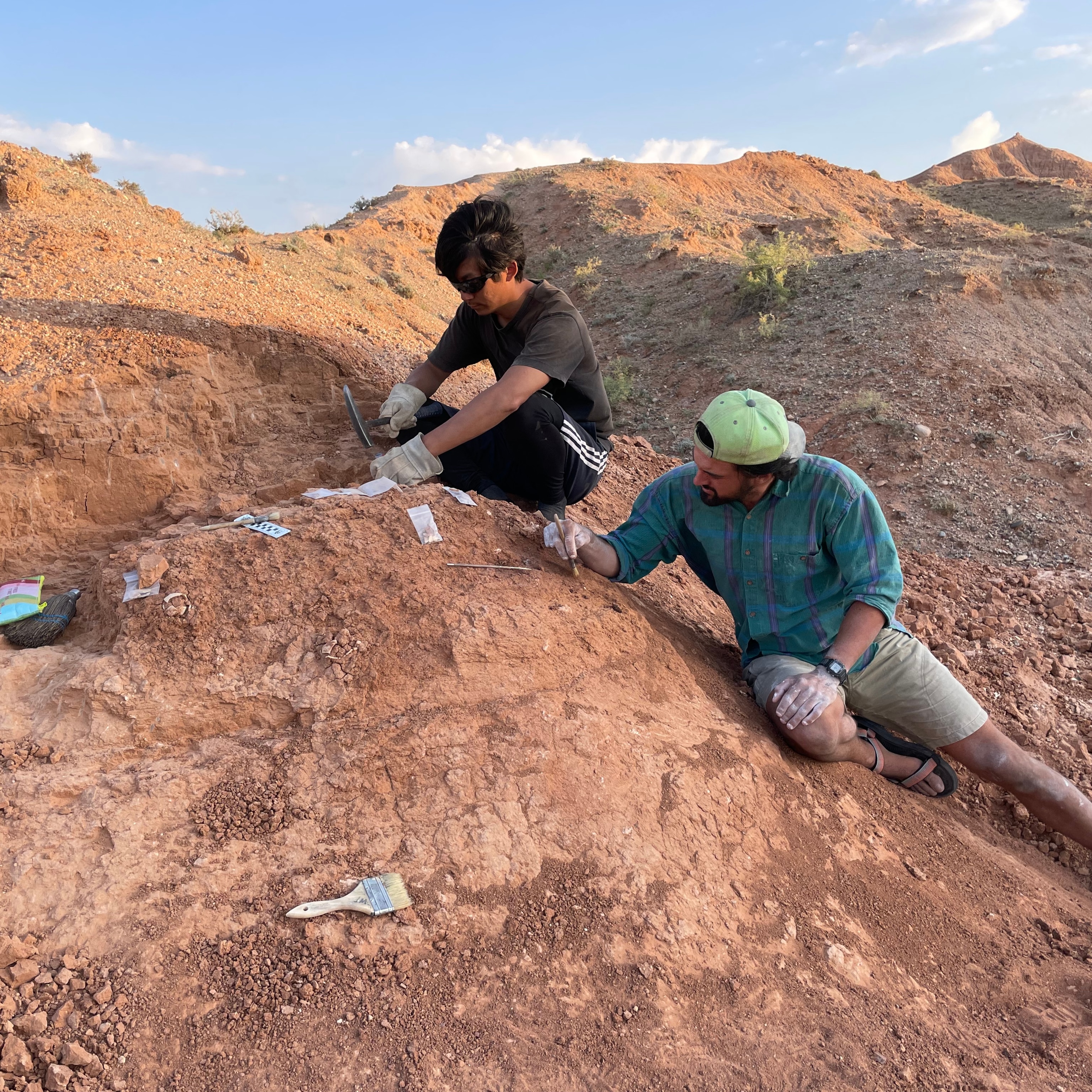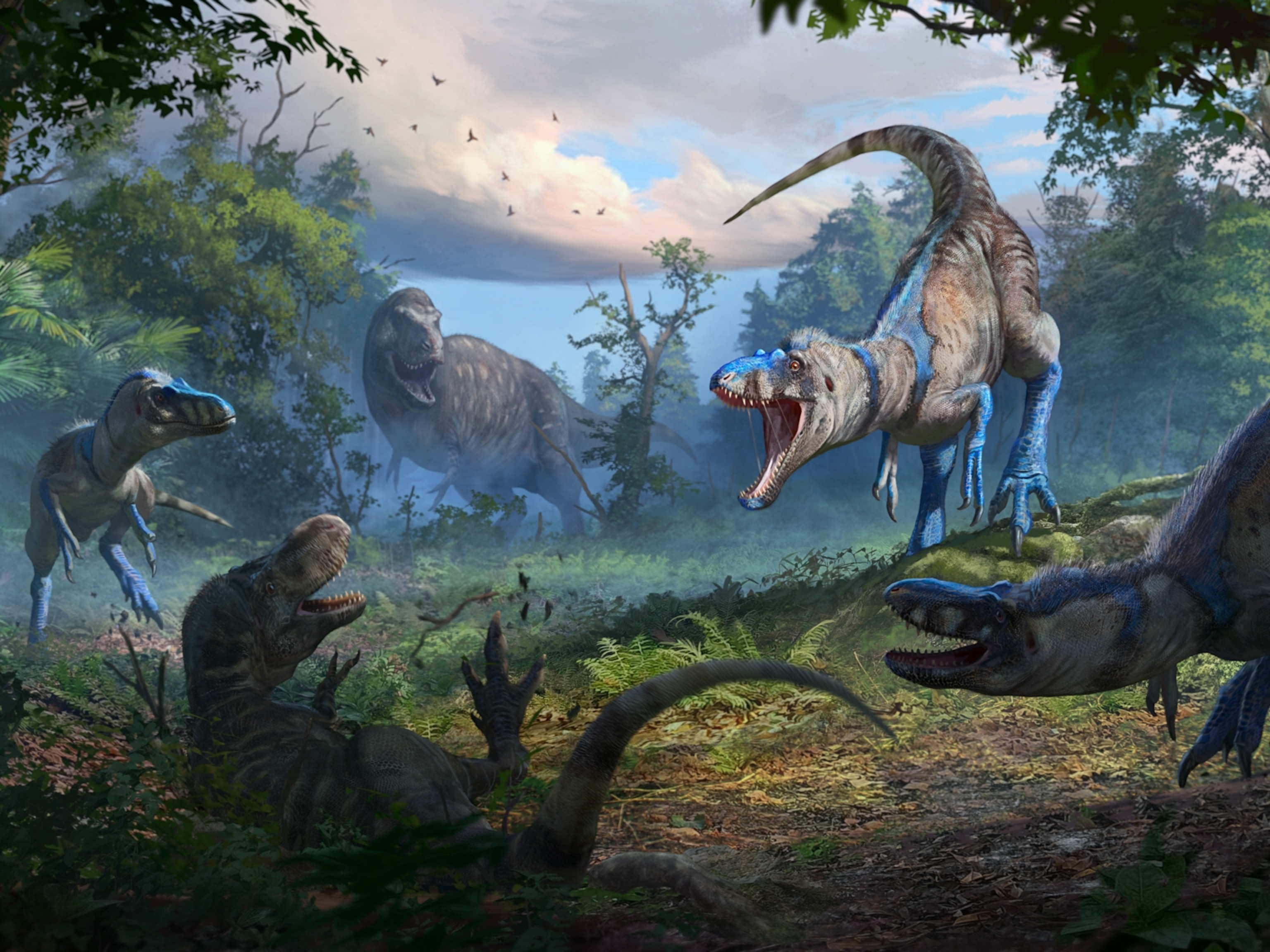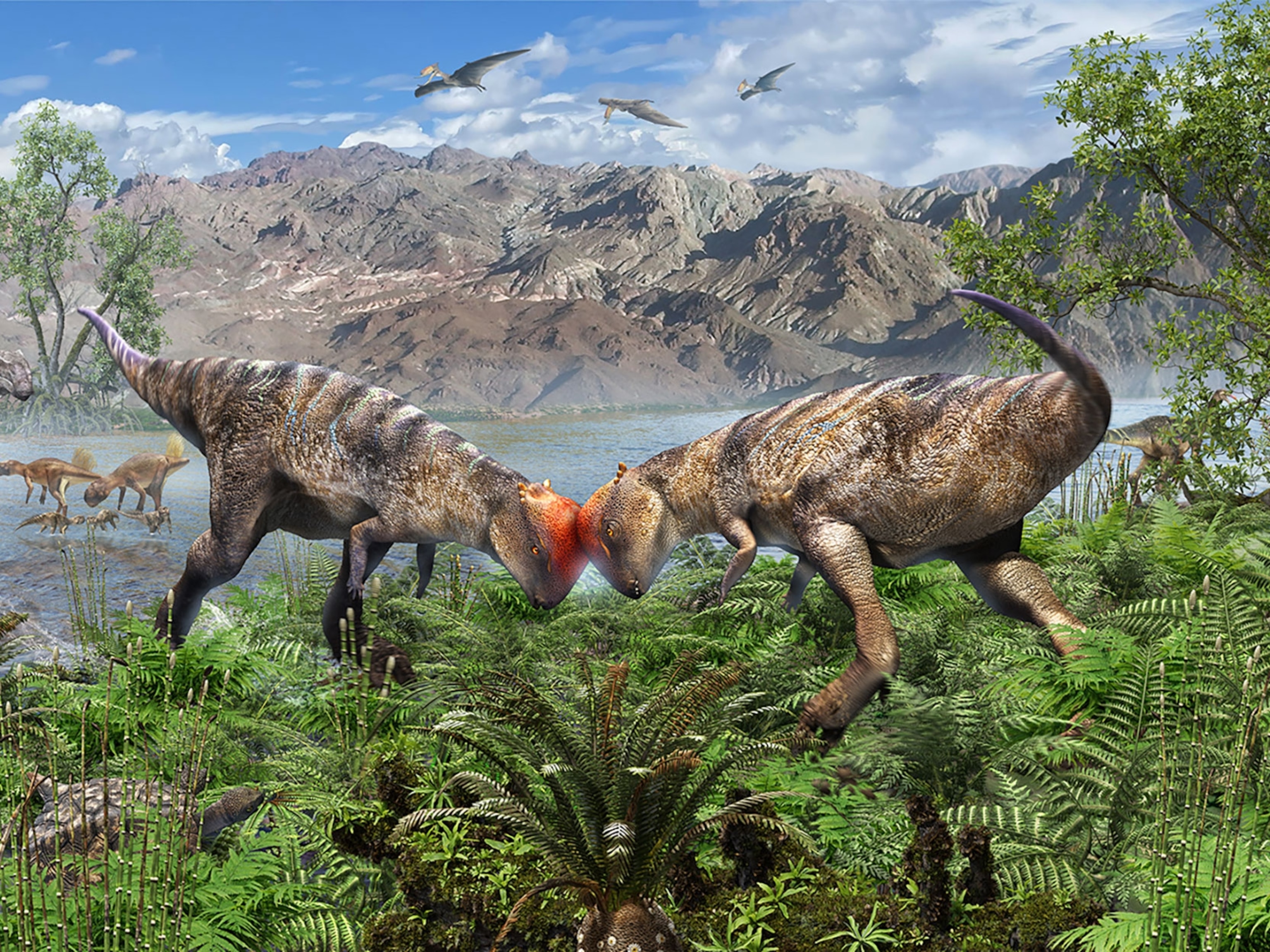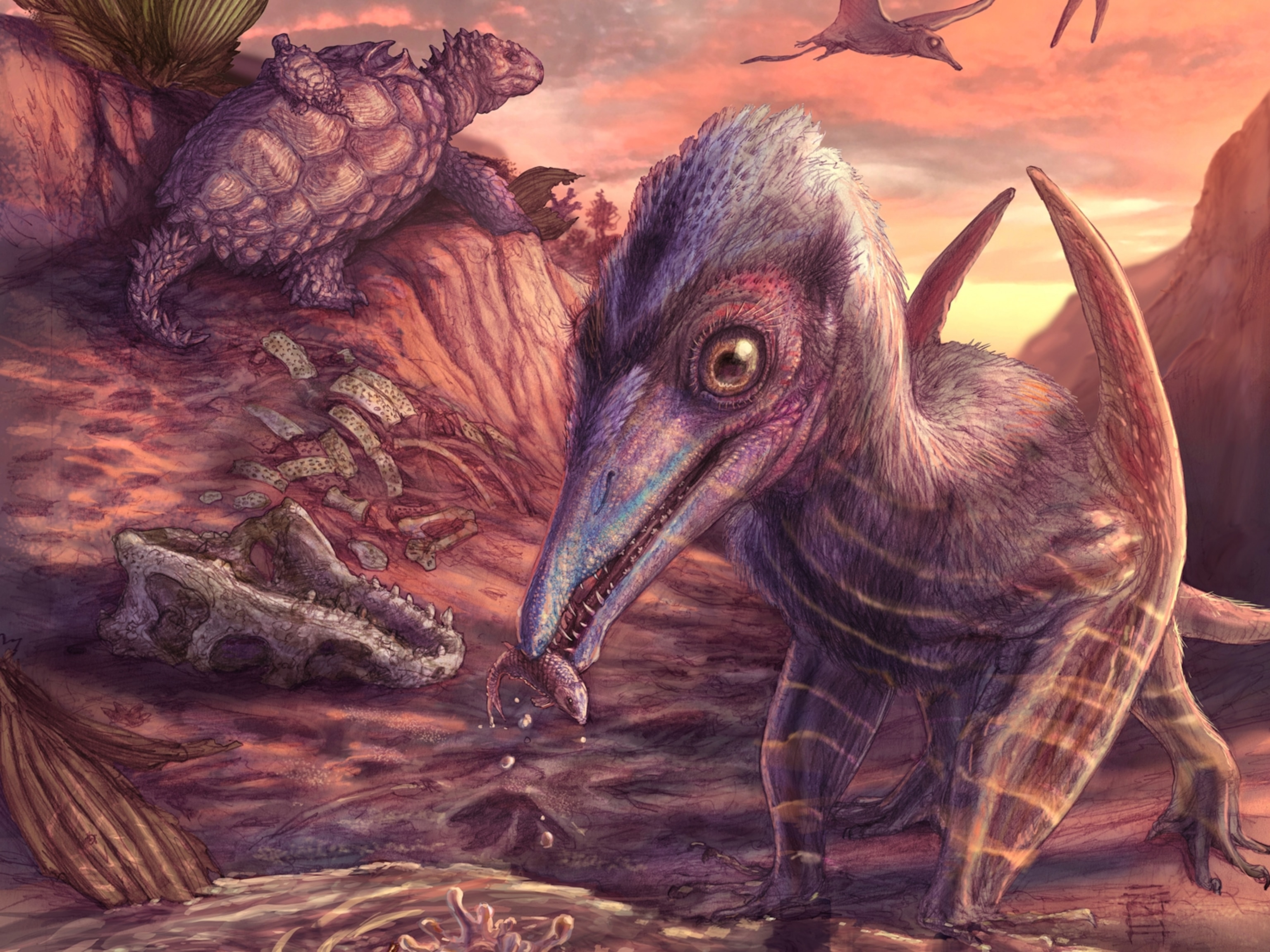In this Canadian province grown-ups can dig up dinosaur fossils
Dinosaur stories are often written for children, with a cast of neon cartoon characters or animatronic models. But for adults who never outgrew their fossil fascination, the Canadian province of Alberta offers a chance to explore the truth behind the fiction, witness new discoveries and touch real dinosaur bones with your bare hands.
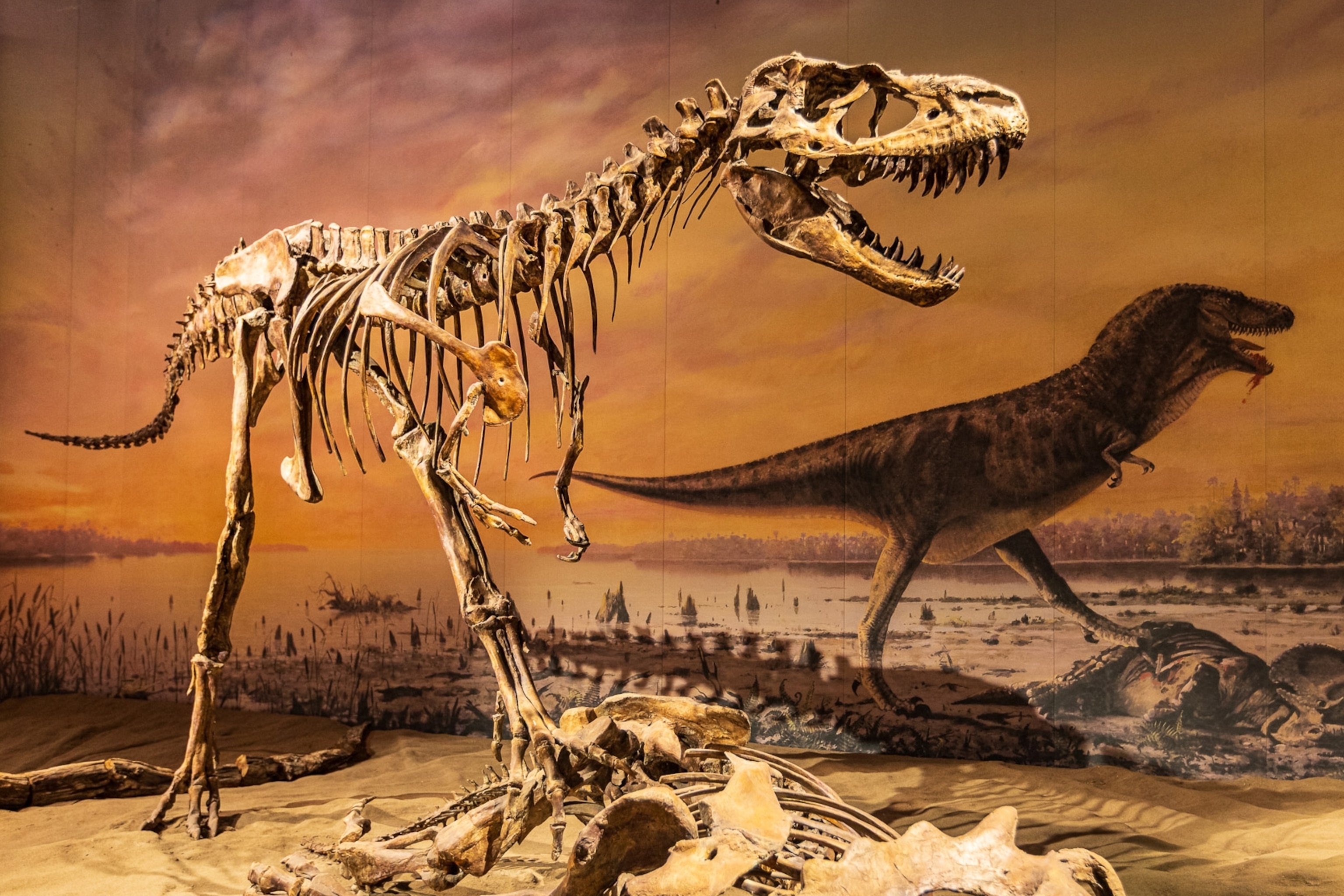
This journey back in time starts in southern Alberta, two hours east of Calgary, where the ground cracks open to reveal a prehistoric archive dating back some 76 million years. Here, the rolling prairie collapses into wrinkled valleys carved out by ancient glaciers, banded in orange and grey layers like the pages of a medieval book and punctuated by bizarre ‘hoodoos’ — pillars of rock wearing jaunty sandstone hats.
These are Canada’s Badlands — so-called because early French fur traders found them inhospitable and difficult to cross. In this treeless desert, only the hardiest vegetation survives: yellow buffalo bean flowers and tiny pincushion cacti sprout between gullies, and the aroma of sagebrush hangs on the breeze. This area may have been bad for the settlers, but it’s a goldmine for palaeontologists. The scientific motherlode lies in Dinosaur Provincial Park, a 29-square-mile UNESCO World Heritage Site and one of the richest fossil locations on Earth.
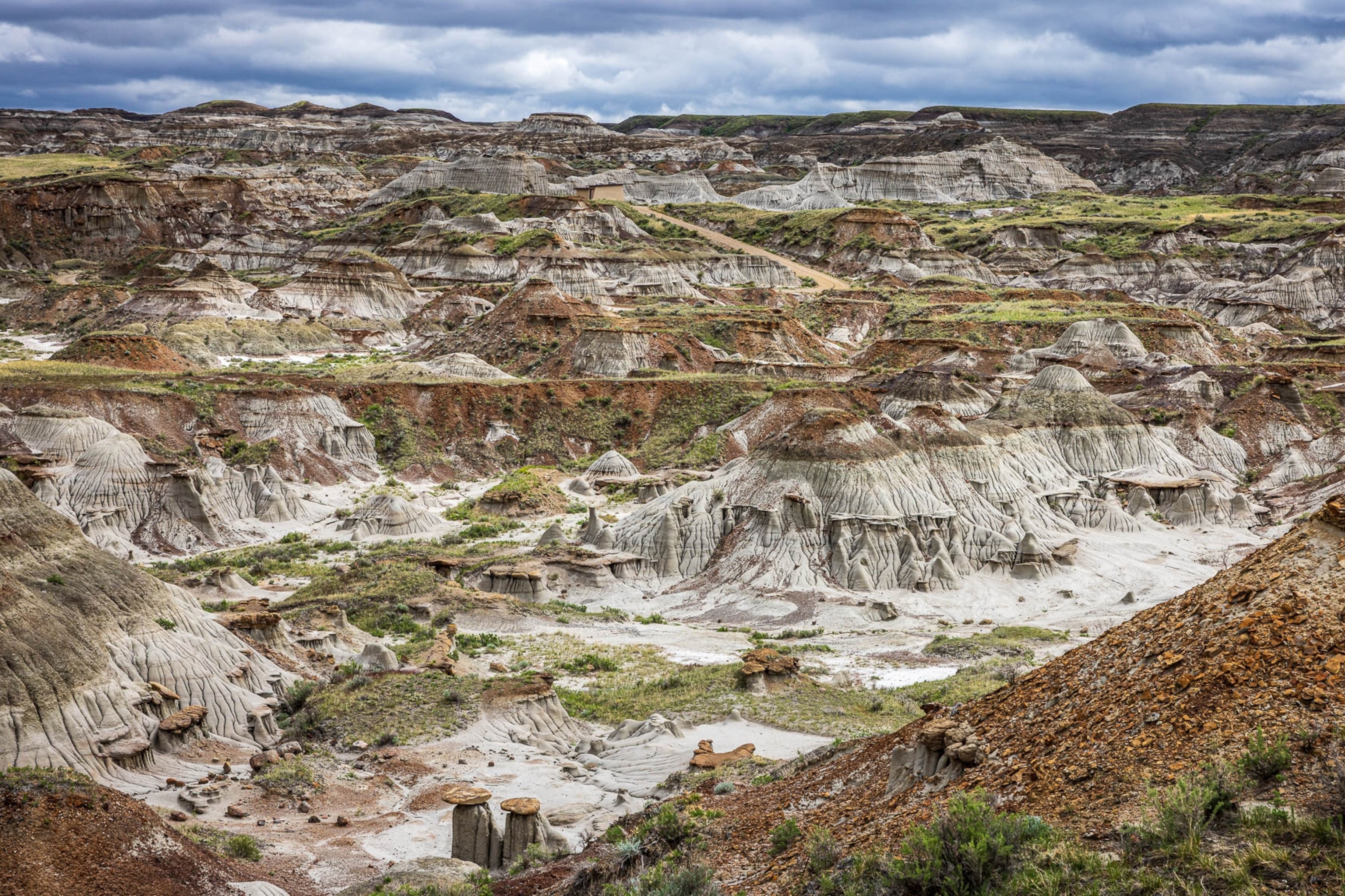
“These layers date to between 76 and 74 million years ago, during the late Cretaceous period,” reveals geologist Jessica Glombick, the park’s visitor experience team leader. “People have been searching for fossils here since the early 1900s, though of course the local Indigenous people knew about them long before that.”
Close to 50 dinosaur species have been found here, including Albertosaurus, a formidable predator related to Tyrannosaurus rex, and Corythosaurus, a crested herbivore whose near-complete skeleton was unearthed after a park ranger spotted a bone poking out of a cliff. These were found alongside fossils of prehistoric turtle shells and crocodile teeth, revealing a thriving, complex ecosystem.
Visitors can explore public trails and museum displays, but to see these ancient monsters up close, it’s best to join a guided hike into the park’s protected zone, where fossils lie strewn like shattered pottery, and you may come across a hadrosaur leg bone or ankylosaur rib lying on the ground like driftwood washed up on a beach. Walking around requires concentration: there are so many fragments, it’s almost impossible not to step on something.
The best discoveries end up at the Royal Tyrrell Museum, two hours north in Drumheller. This small town of about 8,000 inhabitants is known as the ‘Dinosaur Capital of the World’, a tag worn with pride. A gold dinosaur roars on the sign, there are dinosaur models on every street and the world’s largest model dinosaur, an 86ft T-rex named Tyra, towers over the town centre. But these are mere warm-ups for the headline act. As one of the world’s top dinosaur museums, the Royal Tyrrell houses more than 170,000 specimens covering almost the entire history of evolution, from weird, 500-million-year-old worms found in the Canadian Rockies to a woolly mammoth and sabre-toothed cat from the last Ice Age.
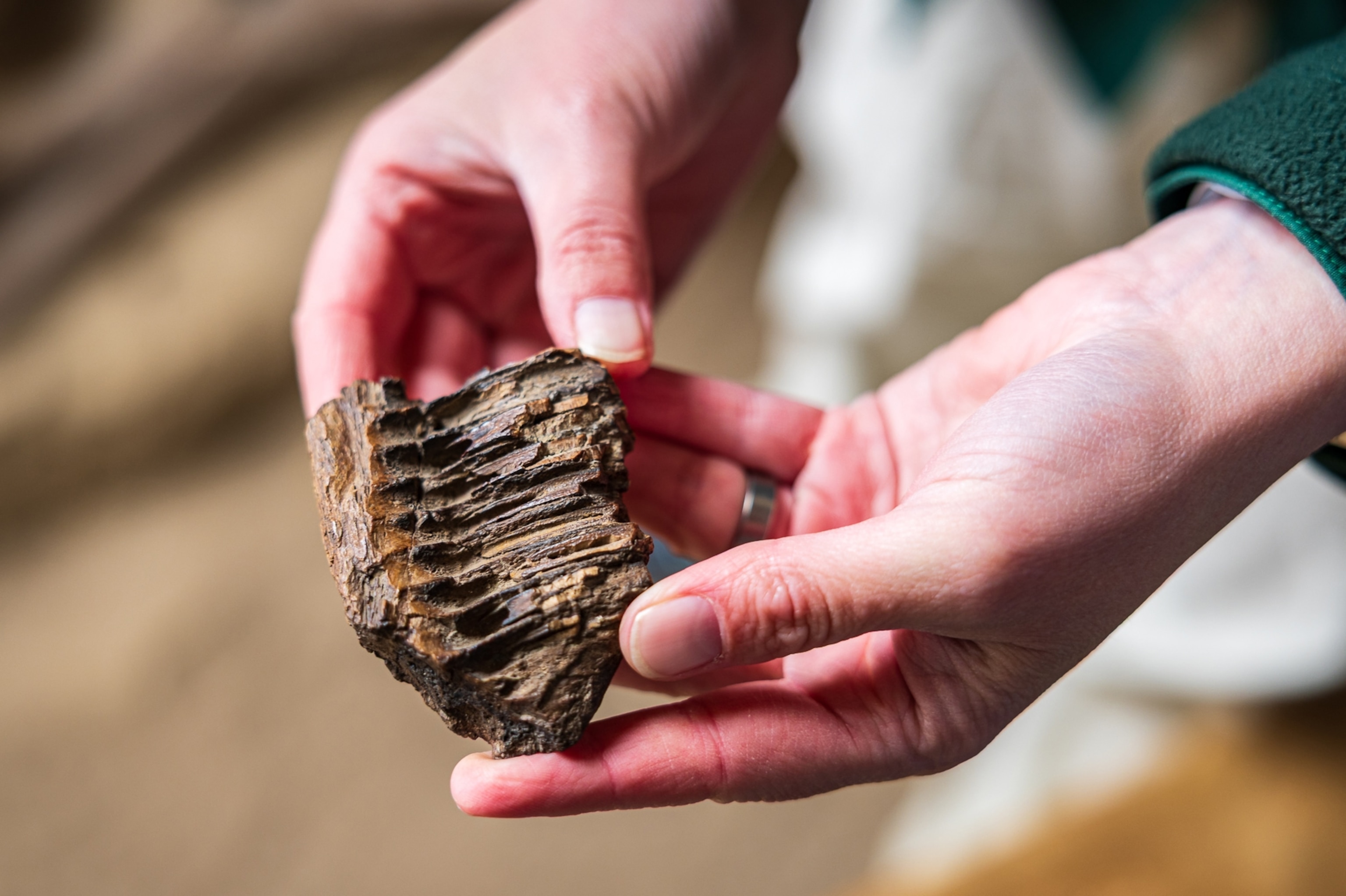
In the Breakthroughs gallery, visitors encounter Alberta’s latest discoveries. An Ornithomimus — like a prehistoric ostrich — provides the first evidence that North American dinosaurs had beaks and feathers. In the next display, still resting in the plaster jacket in which it was lifted out of the ground, is Borealopelta, the world’s best-preserved armoured dinosaur, every scale on its bony armour and even its stomach contents set in stone.
The showstopping finale is the Dinosaur Hall, where more than 30 mounted skeletons roar, fight or amble in frozen motion. A Tyrannosaurus rex looms over the room, its open jaws frozen mid-snarl. Nearby, the armour-plated herbivore Euoplocephalus, its back studded with bony knobs and its tail ending in a heavy club, squares up to the predator Gorgosaurus, while a long-necked Camptosaurus struggles for life in the jaws of an Allosaurus, their bones locked in an eternal battle to the death.
But for anyone who wants to get even closer to prehistory, the active palaeontological coalface can be found near the city of Grande Prairie — a short flight from Calgary or a 4.5-hour drive from either Jasper or Edmonton. Here, the Philip J. Currie Dinosaur Museum oversees one of the most exciting active fossil sites in the world: the Pipestone Creek bone bed.
Nicknamed the ‘River of Death’, this dense deposit contains the jumbled remains of a herd of Pachyrhinosaurus, powerful herbivores that looked a bit like modern-day rhinos, but with a huge frill on the back of their heads and a bony lump on their noses instead of a horn.
“We believe there may have been as many as 10,000 individuals migrating through this area,” explains curator Dr Emily Bamforth. “But about 72 million years ago, they drowned in a catastrophic flood. Later, a second flood mixed up all the bones, creating a huge Pachyrhinosaurus puzzle.”
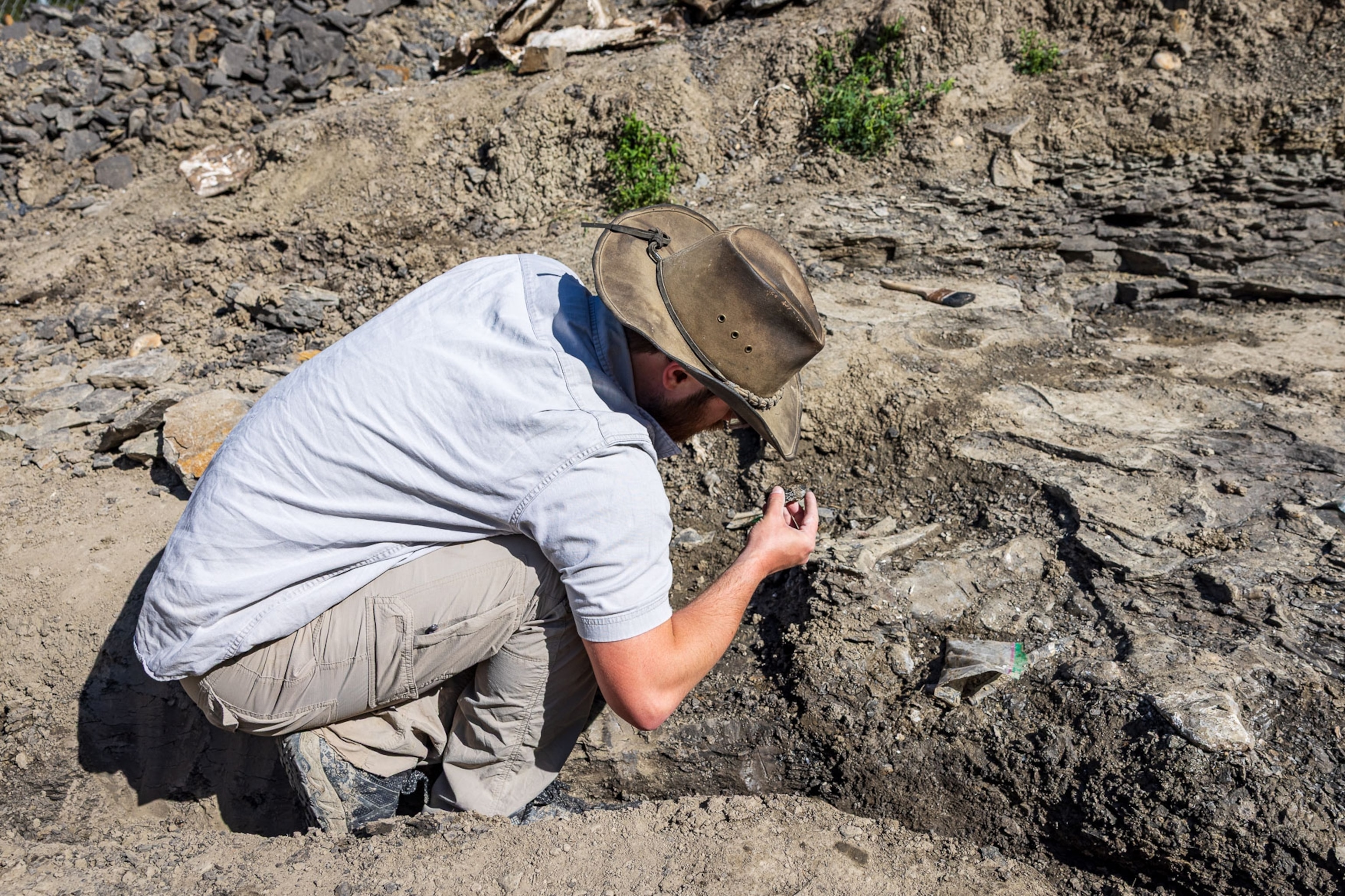
The team now has the laborious task of separating the confusion of fossils from the solid rock, although the museum’s Palaeontologist for a Day experience lets amateurs join the work. A rattling bus journey along an unsealed track, followed by a short walk through a forest of poplars and spruce, brings you to the bone bed, where a tarpaulin is peeled back to reveal a dark patch of rock, ridged and furrowed by shapes in the stone.
“That’s a rib,” points Emily. “That’s part of the frill. That’s a toe bone. We have about 100-200 fossils per square foot here and they’re all interlocked. We may never know if this is one animal or 10.”
Using an awl and rock hammer, guests help chip away at the surrounding matrix, careful not to damage anything precious. It’s not a job for the impatient, but the potential payoff is priceless: the chance to help uncover real dinosaurs that have been buried for millions of years, or even to discover something brand new. And it does happen — last year, the team dug up one of the largest Pachyrhinosaurus skulls ever found. Nicknamed ‘Big Sam’, he’s now undergoing a thorough clean-up in the museum’s lab, and guests can watch as technicians coax his broad snout from the stone after millions of years underground.
What makes Alberta’s dinosaur country so exceptional isn’t just the quantity of fossils, but the fact that they’re still being discovered. There’s a real thrill in walking across the same landscape once trodden by dinosaurs, touching the remains of a 75-million-year-old monster or watching a rib emerge under a palaeontologist’s tool. And all of it far away from the excitable school tour groups and theme park rides of most other dinosaur attractions.
How to do it
Rooms at the Ramada by Wyndham Drumheller cost from around £173 per night.
The Hampton Inn Grande Prairie has rooms from £114 per night.
This story was created with the support of Travel Alberta.

